Vegan Protein Powerhouses: What Are the Best Sources?
Exploring vegan protein can lead to questions about the best sources. Vegan protein is key for a plant-based diet, helping with health and wellness. You’ll find many tasty and healthy options to fit your lifestyle.
Understanding vegan protein sources is crucial. You can find it in foods like legumes, nuts, and seeds. Learning about the top sources helps you build a balanced diet. This article will guide you in choosing the best vegan protein for your diet and health.
Table of Contents
Understanding Plant-Based Protein Basics
Exploring veganism means learning about protein’s role in your diet. Protein is key for muscle building and repair, essential for health. There are many top vegan protein sources like legumes, nuts, and seeds. A balanced vegan diet with various protein-rich vegan foods meets your protein needs.
Looking at a vegan protein sources list helps plan meals and snacks. Vegans need about 0.8 grams of protein per kilogram of body weight daily, similar to non-vegans.
Why Protein Matters in a Vegan Diet
Protein is vital in a vegan diet. It helps build and repair tissues like muscles, bones, and skin. It’s also needed for making enzymes, hormones, and other important molecules for health.
Daily Protein Requirements for Vegans
Protein needs vary based on age, sex, weight, and activity level. Vegans should aim for 0.8-1.2 grams of protein per kilogram of body weight daily.
Complete vs. Incomplete Proteins
Knowing the difference between complete and incomplete proteins is crucial. Complete proteins, found in legumes, nuts, and seeds, have all nine essential amino acids. Incomplete proteins lack one or more of these amino acids. Combining different protein-rich vegan foods ensures you get all the necessary amino acids for health.
Legumes: The Foundation of Vegan Protein
Exploring vegan protein, you’ll see legumes are key. Beans, lentils, and peas are top vegan protein sources. They’re full of amino acids, fiber, and minerals. You can add them to many dishes, like stews, soups, salads, and stir-fries.
Black beans, chickpeas, and lentils are favorites. They’re not just high in protein but also in fiber, vitamins, and minerals. For instance, cooked lentils have about 18g of protein, great for vegans. Try different legumes like kidney beans, cannellini beans, and split peas to find your favorites.
Here are some tips for making tasty legume dishes:
- Use a variety of spices and herbs to add flavor to your legume dishes
- Experiment with different cooking methods, such as roasting or sautéing, to bring out the natural sweetness of legumes
- Combine legumes with other plant-based protein sources, such as nuts or seeds, to create a complete protein
Adding legumes to your diet offers many benefits. They’re good for your heart and boost energy. Legumes are a great choice for those looking for vegan protein sources.
| Legume | Protein Content (per serving) |
|---|---|
| Black Beans | 15g |
| Chickpeas | 12g |
| Lentils | 18g |
What Are the Best Vegan Protein Sources Today
Exploring a high-protein vegan diet means looking at different vegan protein sources chart options. It’s important to focus on nutritional value and how easy they are to find. This way, you can choose the best proteins for your diet. A well-chosen high protein vegan diet can keep you healthy.
When picking vegan protein sources chart options, check their nutritional value. Tofu, tempeh, and seitan are great choices because they have a lot of protein. Legumes, nuts, and seeds are also good. They’re full of protein, fiber, and healthy fats.
Top-Rated Plant Proteins by Nutritional Value
- Tofu: 20 grams of protein per 3-ounce serving
- Tempeh: 15 grams of protein per 3-ounce serving
- Seitan: 21 grams of protein per 3-ounce serving
Adding these vegan protein sources chart options to your diet helps you get enough protein. This is key to staying healthy. Always talk to a healthcare professional or a registered dietitian. They can help you find the best high-protein vegan diet for you.
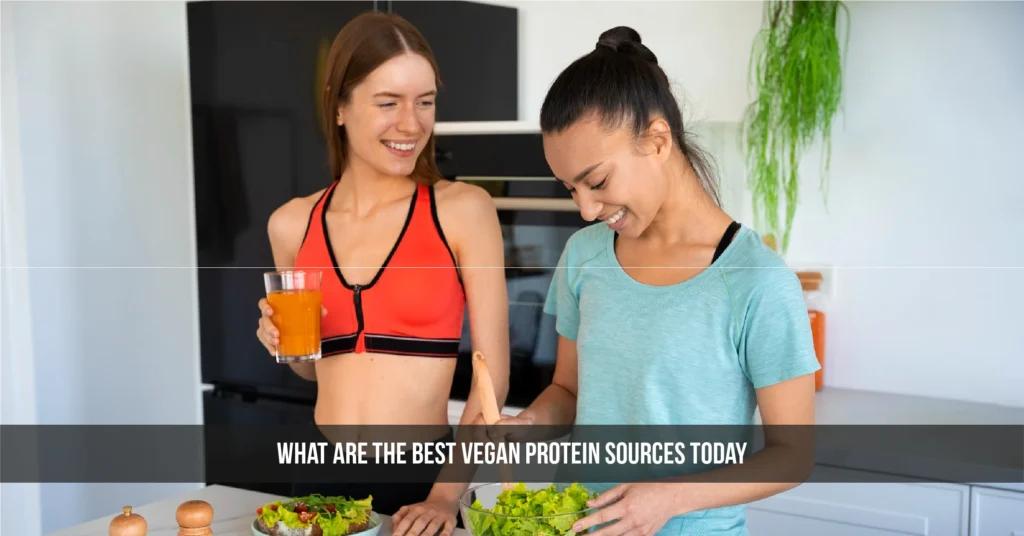
Nuts and Seeds: Protein-Packed Powerhouses
Exploring what are the best vegan protein sources often leads to nuts and seeds. These foods are full of vegan protein. They also have healthy fats, fiber, and important vitamins and minerals.
To add more nuts and seeds to your meals, try them in oatmeal or yogurt. Use them as a salad topping or blend them into smoothies. Almonds, chia seeds, hemp seeds, and pumpkin seeds are great choices. Each one brings different health benefits and can fit into many dishes.
- Almonds are a good source of vitamin E and magnesium, making them a great snack for heart health.
- Chia seeds are rich in omega-3 fatty acids and fiber, supporting heart health and digestive wellness.
- Hemp seeds are a complete protein source, containing all nine essential amino acids that the body cannot produce on its own.
Knowing the nutritional value of nuts and seeds helps you choose the right what are the best vegan protein sources for your diet. By mixing different nuts and seeds into your meals, you get a good mix of vegan protein and other key nutrients.
Adding nuts and seeds to your diet can be as simple as sprinkling them on your favorite dishes or blending them into a smoothie, making them an easy and delicious way to boost your protein intake.
Ancient Grains and Pseudocereals
Exploring plant-based protein, you’ll find ancient grains and pseudocereals are key. These grains have been around for centuries, offering great nutrition. They’re perfect for boosting your protein without animal products.
Quinoa, amaranth, and buckwheat stand out among these grains. They’re not just high in protein but also in fiber, vitamins, and minerals. Quinoa, for example, is a complete protein, offering all nine essential amino acids your body needs.
Benefits of Ancient Grains
- High in protein and fiber
- Rich in vitamins and minerals
- Complete protein sources, such as quinoa
- Gluten-free options, such as amaranth and buckwheat
Adding ancient grains and pseudocereals to your meals is simple and tasty. Use quinoa in salads, or mix amaranth and buckwheat into your recipes. With a bit of creativity, you can enjoy a diet rich in protein and nutrients.
| Grain | Protein Content (per 1 cup cooked) |
|---|---|
| Quinoa | 8g |
| Amaranth | 9g |
| Buckwheat | 6g |
Soy Products and Their Protein Content
When looking at the vegan protein sources list, soy products stand out. They are packed with protein, making them great for a vegan diet. You can find tofu, tempeh, and edamame, all the best sources of vegan protein, in many dishes.
Some top soy products include:
- Tofu: a versatile and protein-rich food that can be used in a variety of dishes
- Tempeh: a fermented soybean product with a nutty flavor and high protein content
- Edamame: boiled or steamed soybeans that are a tasty and protein-rich snack
Soy products are key in the vegan protein sources list. They’re not just high in protein but also in fiber and vitamins. Adding these best sources of vegan protein to your diet helps keep you healthy and balanced.
| Soy Product | Protein Content (per serving) |
|---|---|
| Tofu | 20-25 grams |
| Tempeh | 15-20 grams |
| Edamame | 10-15 grams |
Soy products are a must-have for any vegan protein sources list. They’re not only high in protein but also easy to use in cooking. By trying out different soy products, you can make sure you’re getting enough protein on a vegan diet.
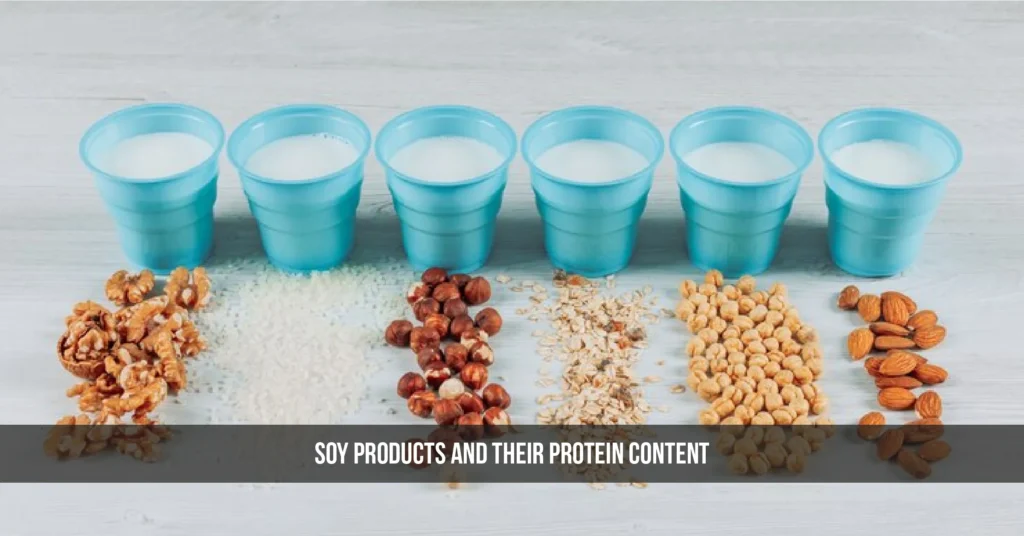
Plant-Based Protein Powders and Supplements
Looking into vegan protein options? You might want to try plant-based protein powders and supplements. There are many brands and types out there. It’s key to pick the right one for you.
When picking a protein supplement, think about the protein source, amino acids, and extra ingredients. You’ll find pea, hemp, and brown rice protein powders. Each has its own good points and downsides. So, it’s important to do your research and compare them.
Types of Vegan Protein Powders
- Pea protein: high in branched-chain amino acids (BCAAs) and easy to digest
- Hemp protein: complete protein source with all essential amino acids
- Brown rice protein: hypoallergenic and easy to digest
Choosing the Right Supplement
To find the best supplement, think about your protein needs, dietary limits, and what you like. Look for a protein powder with little added sugar, artificial flavors, and sweeteners. Also, check for third-party certifications like NSF International or Informed-Choice. These ensure the product is of high quality and purity.
| Protein Source | Amino Acid Profile | Added Ingredients |
|---|---|---|
| Pea protein | High in BCAAs | None |
| Hemp protein | Complete protein | None |
| Brown rice protein | Limited amino acid profile | None |
By considering these points and picking a high-quality protein supplement, you can boost your vegan diet. This will help you meet your health and wellness goals.
Vegetables With Surprising Protein Content
When you look into what are the best vegan protein sources, you might be amazed. Some veggies are full of protein. They taste great and help keep you healthy.
Broccoli, spinach, and kale are at the top of the list. They’re not just high in protein. They also have vitamins, minerals, and antioxidants. For instance, broccoli has about 2.5 grams of protein per cup. Spinach has about 5.3 grams.
- Broccoli: 2.5 grams of protein per cup
- Spinach: 5.3 grams of protein per cup
- Kale: 2.5 grams of protein per cup
To add these veggies to your meals, try them in your favorite dishes or as salad bases. Blend them into smoothies or sauté them with other veggies. This way, you’ll get enough vegan protein for your health.
| Vegetable | Protein Content (per cup) |
|---|---|
| Broccoli | 2.5 grams |
| Spinach | 5.3 grams |
| Kale | 2.5 grams |
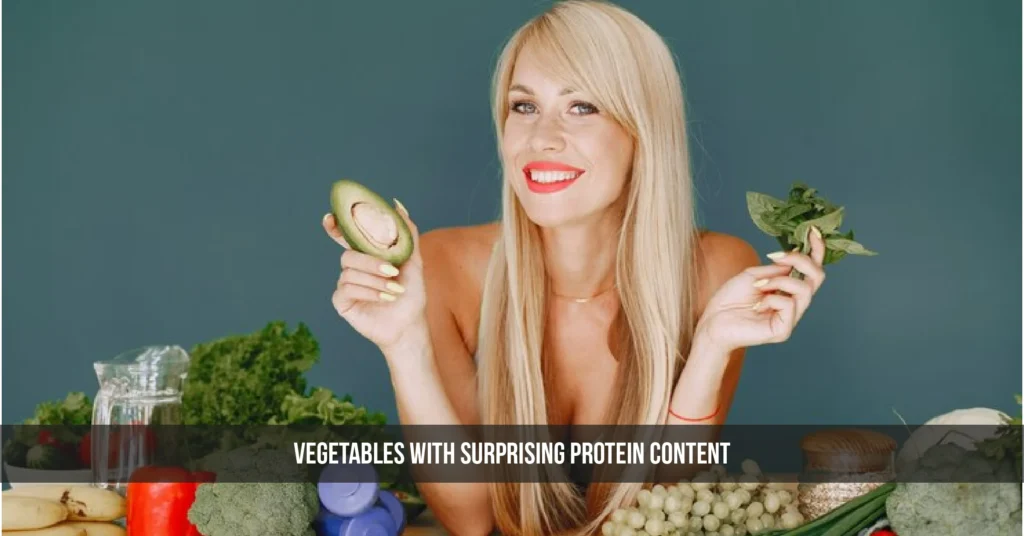
Innovative Meat Alternatives
Exploring top vegan protein sources reveals innovative meat alternatives. These foods mimic meat’s taste and texture, perfect for a plant-based diet. With the rise of plant-based eating, companies now offer delicious, nutrient-rich meat alternatives.
Seitan and vital wheat gluten are made from wheat flour and have a meat-like texture. New technologies also create realistic meat alternatives from pea, soy, and mushroom proteins.
Seitan and Vital Wheat Gluten
Seitan and vital wheat gluten are made from wheat flour. They have a meat-like texture and can be used in many dishes. Always check the ingredient label for high-quality, protein-rich ingredients.
New Plant-Based Meat Technologies
New technologies are changing how we see meat alternatives. Companies like Beyond Meat and Impossible Foods make realistic meat alternatives from plants. These products are tasty and healthy, great for adding protein to your diet.
You can choose homemade or store-bought meat alternatives. Homemade options use tofu, tempeh, and seitan. Store-bought alternatives are convenient and easy to add to your meals.
Combining Protein Sources for Maximum Benefits
To get the most from a vegan diet, mixing different protein sources is key. This way, you get all the amino acids your body needs. Pairing the best sources of vegan protein helps create a balanced amino acid mix. For instance, legumes with whole grains or nuts with seeds work well together.
Some vegan protein options like tofu, tempeh, and seitan are already high in protein. But adding beans, lentils, or chickpeas to them makes meals even more protein-rich. Try mixing different grains like quinoa, brown rice, or whole wheat to add variety to your diet.
- Legumes (lentils, chickpeas, black beans)
- Whole grains (quinoa, brown rice, whole wheat)
- Nuts and seeds (almonds, chia seeds, hemp seeds)
- Soy products (tofu, tempeh, edamame)
By mixing these best sources of vegan protein and vegan protein options, you can make tasty, healthy meals. Try out different combinations to find your favorite protein-packed dishes. This way, you’ll get the most from your vegan diet.
Common Myths About Vegan Protein Sources
When you start exploring veganism, you might hear some myths about protein. Many think a vegan diet is hard to get enough protein from. But, with a bit of knowledge and planning, it’s easy to add many vegan protein sources to your meals. A vegan protein sources chart can help you choose the right foods.
Some believe vegans don’t get enough protein. But, this is not true. Foods like legumes, nuts, and seeds are full of protein. By mixing these, you can easily get all the protein you need. Here are some myths and the real facts about vegan protein sources:
- Myth: Vegans do not get enough protein.
- Fact: Plant-based foods like legumes, nuts, and seeds are rich in protein.
- Myth: A high-protein vegan diet is expensive.
- Fact: Many plant-based protein sources are affordable and accessible.
Knowing the truth about vegan protein sources helps you make better diet choices. Whether you’re new to veganism or have been doing it for a while, a vegan protein sources chart is a great tool. It helps you plan a healthy, balanced diet.
| Food | Protein Content |
|---|---|
| Legumes | 15-18g per 1 cup cooked |
| Nuts and seeds | 5-8g per 1 ounce |
| Whole grains | 3-6g per 1 cup cooked |
Conclusion:
The world of vegan protein sources is vast and diverse. You can find nutrients in legumes, nuts, and seeds. These options help you meet your protein needs on a plant-based diet.
Choosing a protein-rich vegan lifestyle is good for your health and the planet. It also matches your ethical and environmental values. With creativity and a bit of experimentation, you can make tasty, protein-rich dishes. A balanced vegan diet with a variety of protein sources is essential for plant-based living.
Also Read: What to Eat and Drink After Food Poisoning: Helpful Tips
FAQs
What are the best sources of vegan protein?
The best sources of vegan protein include legumes (beans, lentils, chickpeas), nuts, seeds, soy products (tofu, tempeh), and ancient grains like quinoa. These foods are rich in protein and essential nutrients.
Can I get enough protein on a vegan diet?
Yes, a well-planned vegan diet can provide sufficient protein. By combining various plant-based protein sources like legumes, grains, nuts, and seeds, you can meet your daily protein needs.
What are some high-protein vegan snacks?
High-protein vegan snacks include roasted chickpeas, nut butter with whole-grain crackers, edamame, chia seed pudding, and protein bars made from plant-based ingredients.
Are plant-based protein powders effective?
Yes, plant-based protein powders like pea, hemp, and brown rice protein are effective for meeting protein needs. They are convenient and can be added to smoothies, oatmeal, or baked goods.
How can I combine vegan protein sources for a complete amino acid profile?
Pair complementary protein sources like legumes with grains (e.g., rice and beans) or nuts with seeds to create a complete amino acid profile. This ensures you get all essential amino acids in your diet.
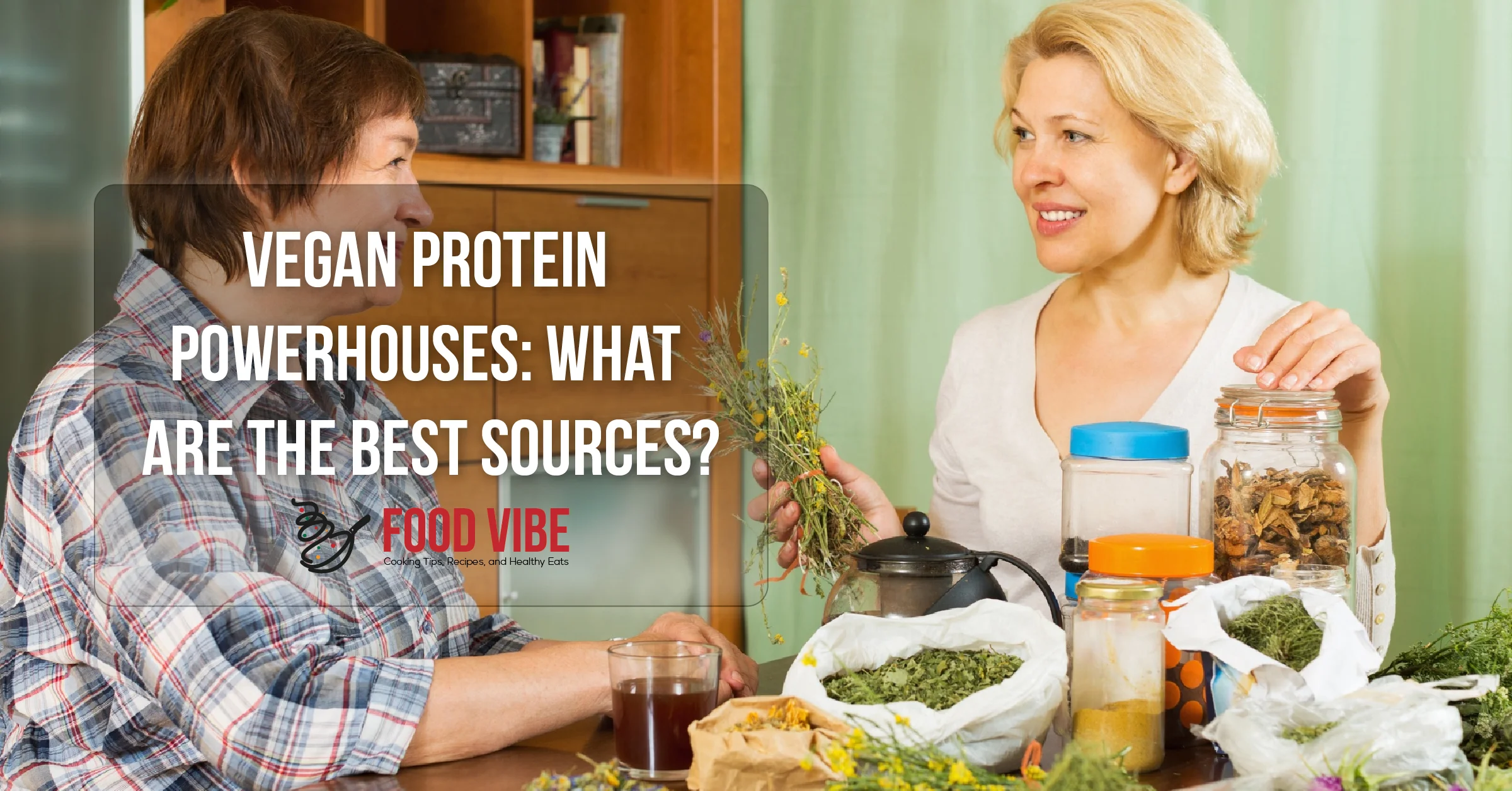

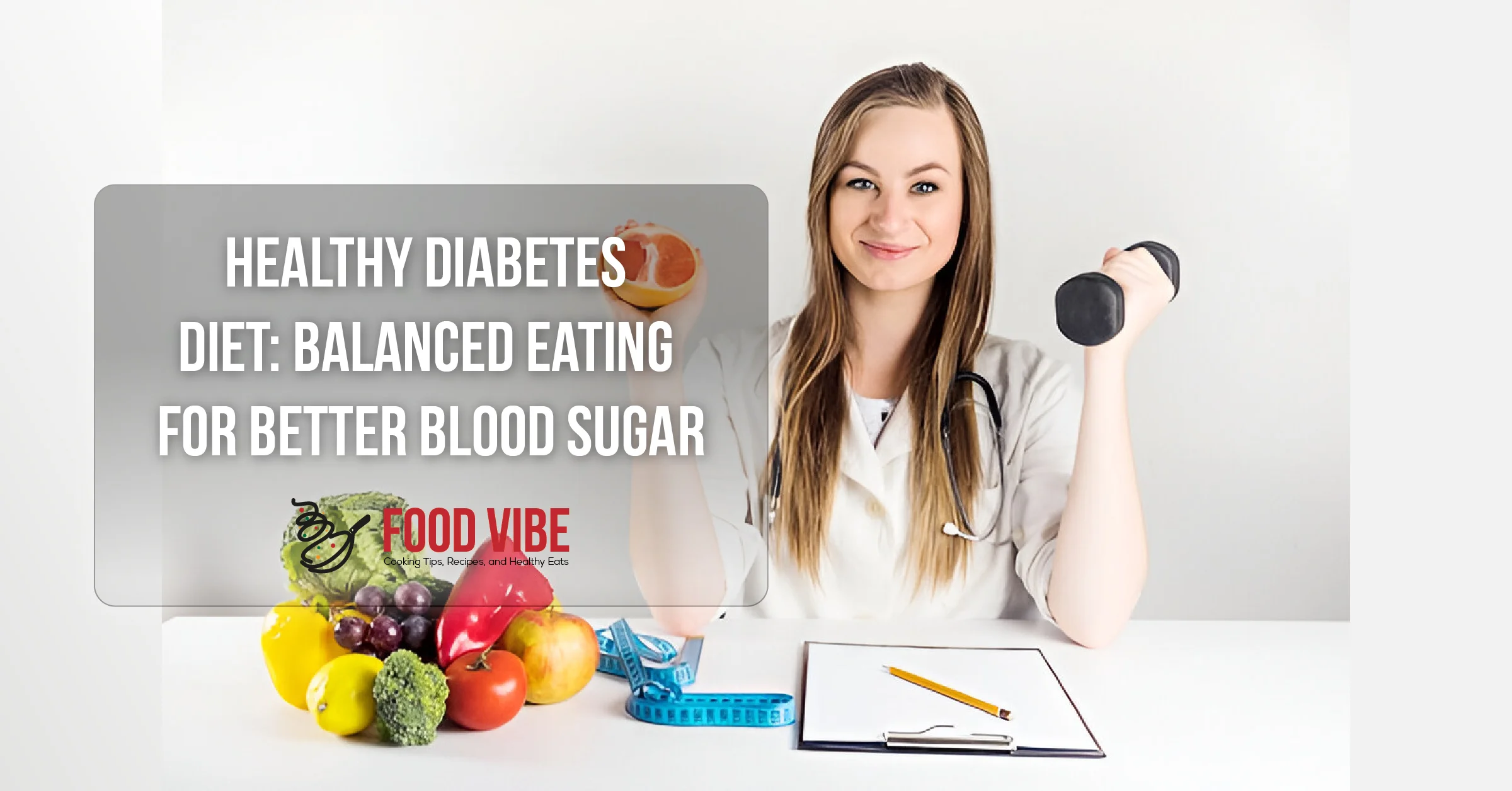
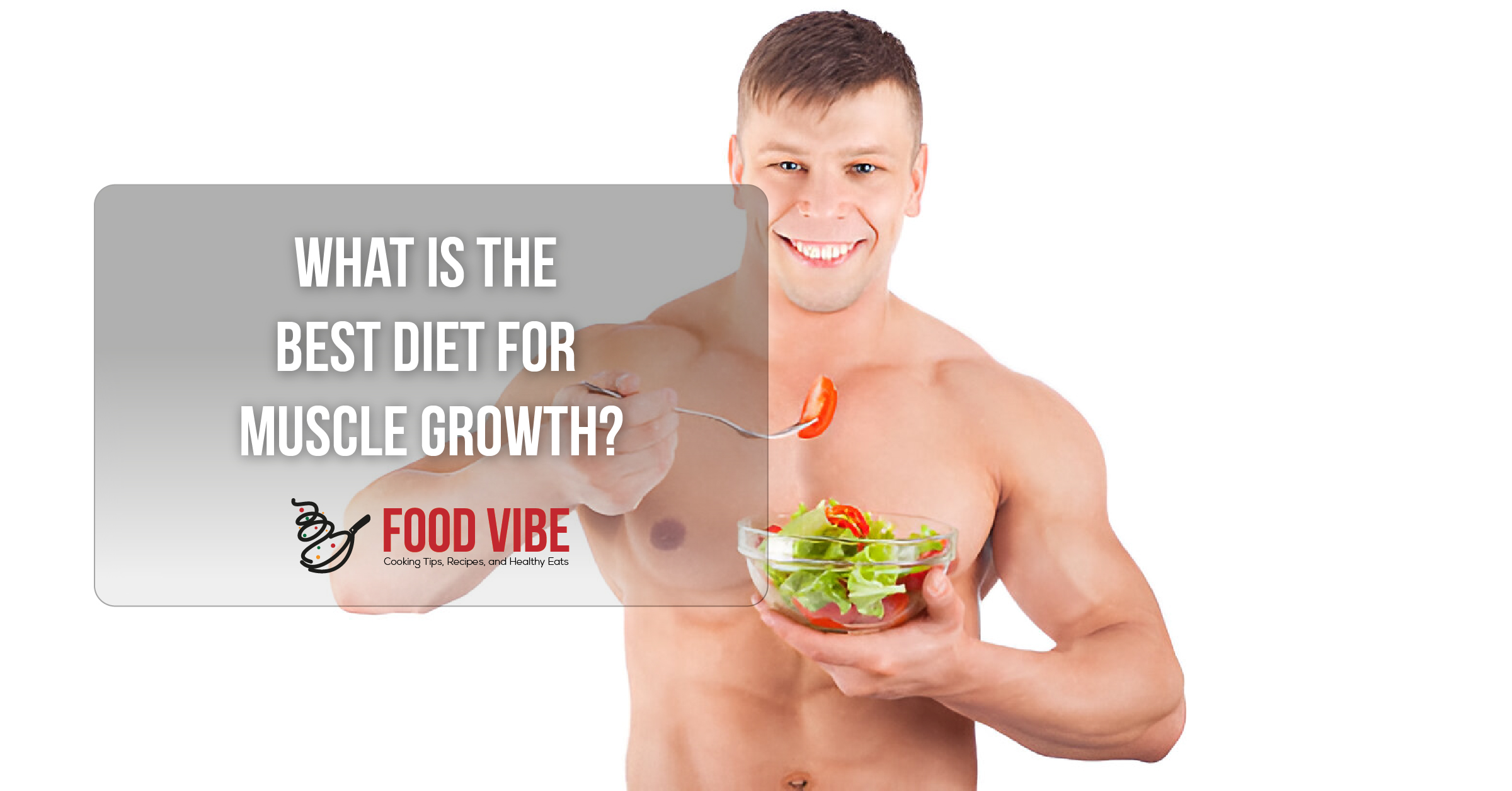




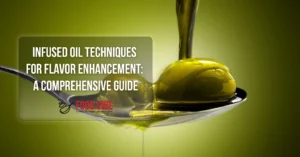


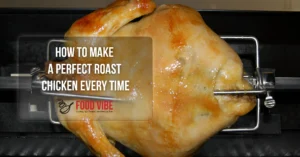


Post Comment